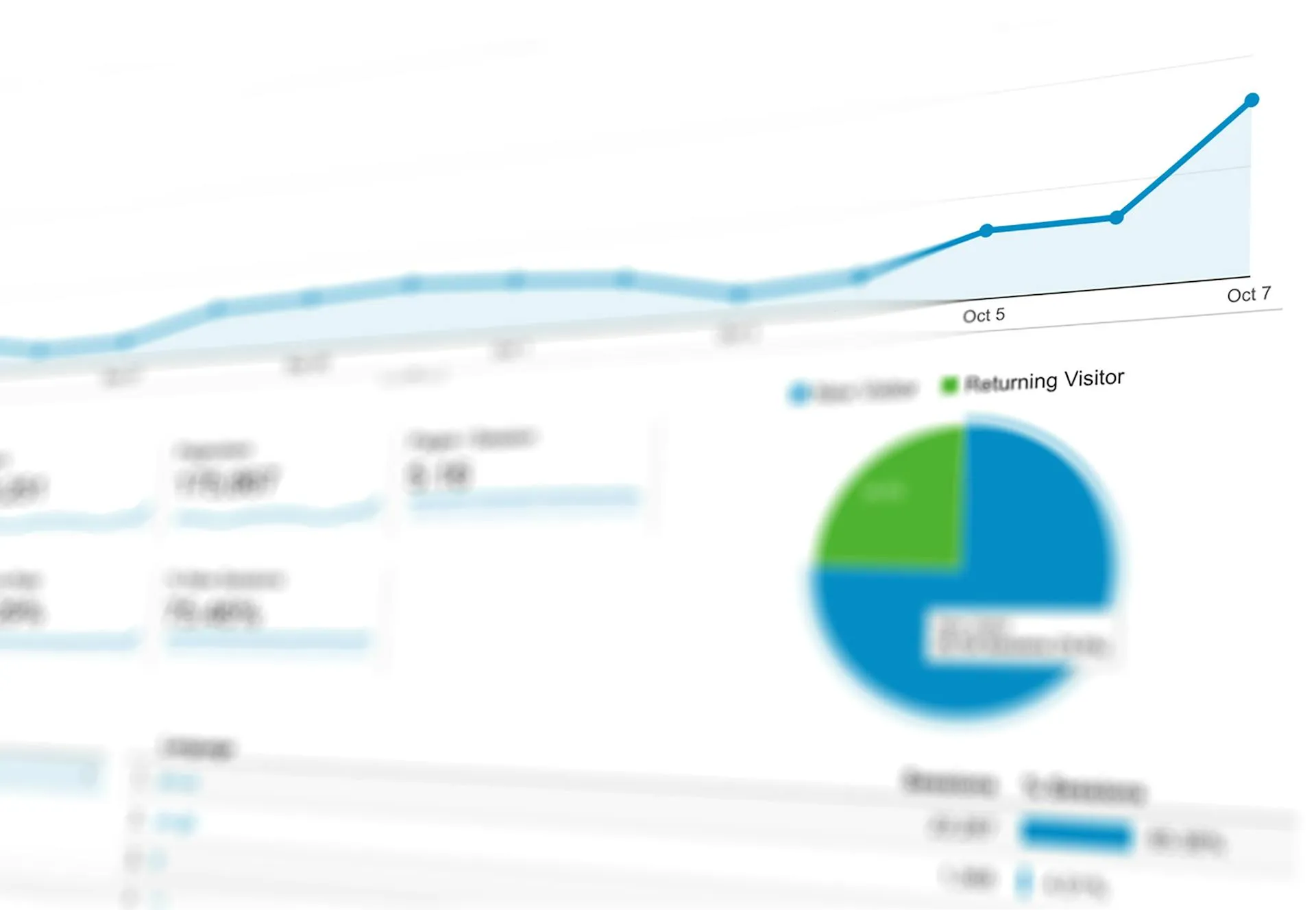Google Analytics Implementation and Performance Measurement Methods
Google Analytics setup: Learn essential tracking, data collection, and goal configuration techniques to boost website performance and gain valuable insights.

In today’s data-driven digital landscape, understanding your website’s performance and visitor behaviour is crucial for success. As a leading web development and SEO service provider, we’ve helped numerous Australian businesses harness the power of Google Analytics to make informed decisions about their online presence.
Understanding Google Analytics
Google Analytics is a powerful web analytics service that tracks and reports website traffic. Before diving into the setup process, let’s understand some key terms:
- Metrics: Quantitative measurements of data, such as page views, session duration, and bounce rate
- Dimensions: Attributes of your data, like city, browser type, or device
- Sessions: A group of user interactions within a given time frame
- Conversions: Completed activities that you’ve defined as important to your business, such as purchases or form submissions

Why Your Website Needs Google Analytics
Implementing Google Analytics provides numerous benefits for your business:
-
Data-Driven Decision Making
- Track user behaviour and preferences
- Identify popular content
- Understand traffic sources
-
Performance Monitoring
- Monitor website speed and performance
- Track user engagement metrics
- Identify technical issues
-
Marketing Insights
- Measure campaign effectiveness
- Track conversion rates
- Analyse user journey
Step-by-Step Setup Guide
1. Create a Google Analytics Account
First, you’ll need to set up your Google Analytics account:
- Visit Google Analytics (analytics.google.com)
- Click “Start measuring”
- Provide account details:
- Account name
- Property name (your website)
- Reporting time zone
- Currency

2. Set Up Your Data Stream
A data stream is how Google Analytics collects data from your website:
- Select “Web” as your platform
- Enter your website URL
- Choose a stream name (usually your website name)
- Configure enhanced measurement settings
3. Install the Analytics Code
There are two main methods to add the tracking code to your website:
Method 1: Manual Installation
<!-- Google Analytics tracking code -->
<script
async
src="https://www.googletagmanager.com/gtag/js?id=G-XXXXXXXXXX"></script>
<script>
window.dataLayer = window.dataLayer || []
function gtag() {
dataLayer.push(arguments)
}
gtag("js", new Date())
gtag("config", "G-XXXXXXXXXX")
</script>
Method 2: Using Google Tag Manager
- Create a Google Tag Manager account
- Add the GTM container code to your website
- Configure the Analytics tag in GTM
- Test and publish
Need help with installation? Our web development team can assist with proper implementation and testing.
Essential Configuration Steps
1. Set Up Goals and Conversions
Define what success looks like for your website:
- Form submissions
- Product purchases
- Newsletter sign ups
- Page views of key content
2. Configure User Permissions
Manage who has access to your analytics:
- Admin access for key team members
- Read-only access for stakeholders
- Edit access for marketing team
3. Link Other Google Services
Connect your analytics with other Google tools:
- Google Search Console
- Google Ads
- Google Merchant Center

Understanding Your Analytics Data
Key Metrics to Monitor
-
Audience Metrics
- Users and sessions
- Demographics
- Devices and browsers
- Geographic location
-
Acquisition Data
- Traffic sources
- Referral websites
- Search keywords
- Campaign performance
-
Behaviour Analytics
- Page views
- Time on site
- Bounce rate
- User flow
-
Conversion Tracking
- Goal completion rates
- E-commerce transactions
- Revenue data
- Conversion paths
Best Practices for Analytics Setup
-
Use Filters Effectively
- Exclude internal traffic
- Filter out spam referrals
- Create views for different data sets
-
Implement Enhanced E-commerce
- Track product impressions
- Monitor shopping behaviour
- Analyse checkout process
- Measure transaction data
-
Regular Maintenance
- Check for tracking issues
- Update goals and events
- Review user permissions
- Monitor site changes
Common Setup Issues and Solutions
-
Tracking Code Problems
- Verify code placement
- Check for duplicate installations
- Validate through real-time reports
-
Data Collection Issues
- Configure cross-domain tracking
- Set up proper filters
- Verify goal configurations
-
Reporting Accuracy
- Exclude internal traffic
- Set up proper time zones
- Configure session settings
Getting Professional Help
While setting up Google Analytics might seem straightforward, proper configuration is crucial for accurate data collection. Our SEO services include:
- Professional Analytics setup
- Custom goal configuration
- Regular monitoring and reporting
- Data analysis and recommendations
Conclusion
Setting up Google Analytics correctly is essential for understanding your website’s performance and making data-driven decisions. By following this guide and implementing best practices, you’ll be well-equipped to track and analyse your website’s metrics effectively.
Need expert help with your Google Analytics setup? Contact us for professional assistance in configuring and optimising your analytics implementation for maximum insight into your website’s performance.